As April comes to an end, many altcoins are enjoying gains, especially in the last seven days, stemming from Bitcoin’s run up to $95,00. A few key tokens are looking at a bullish start in May due to varying factors.
BeInCrypto has analyzed three such altcoins for investors to watch in the last few days of April as they prepare for important developments.
BNB
BNB is currently showing positive performance, with expectations for further gains this week due to the upcoming Lorentz hard fork. Set to go live on April 30, the upgrade will bring faster blocks to the chain, which is likely to boost network efficiency and support a potential price rise for the altcoin.
Having broken free from a two-and-a-half-month downtrend, BNB is now trading at $606. The altcoin is aiming to breach the $618 resistance, and if successful, it could capitalize on bullish momentum from the Lorentz upgrade. This would set the stage for a potential rise to $647.
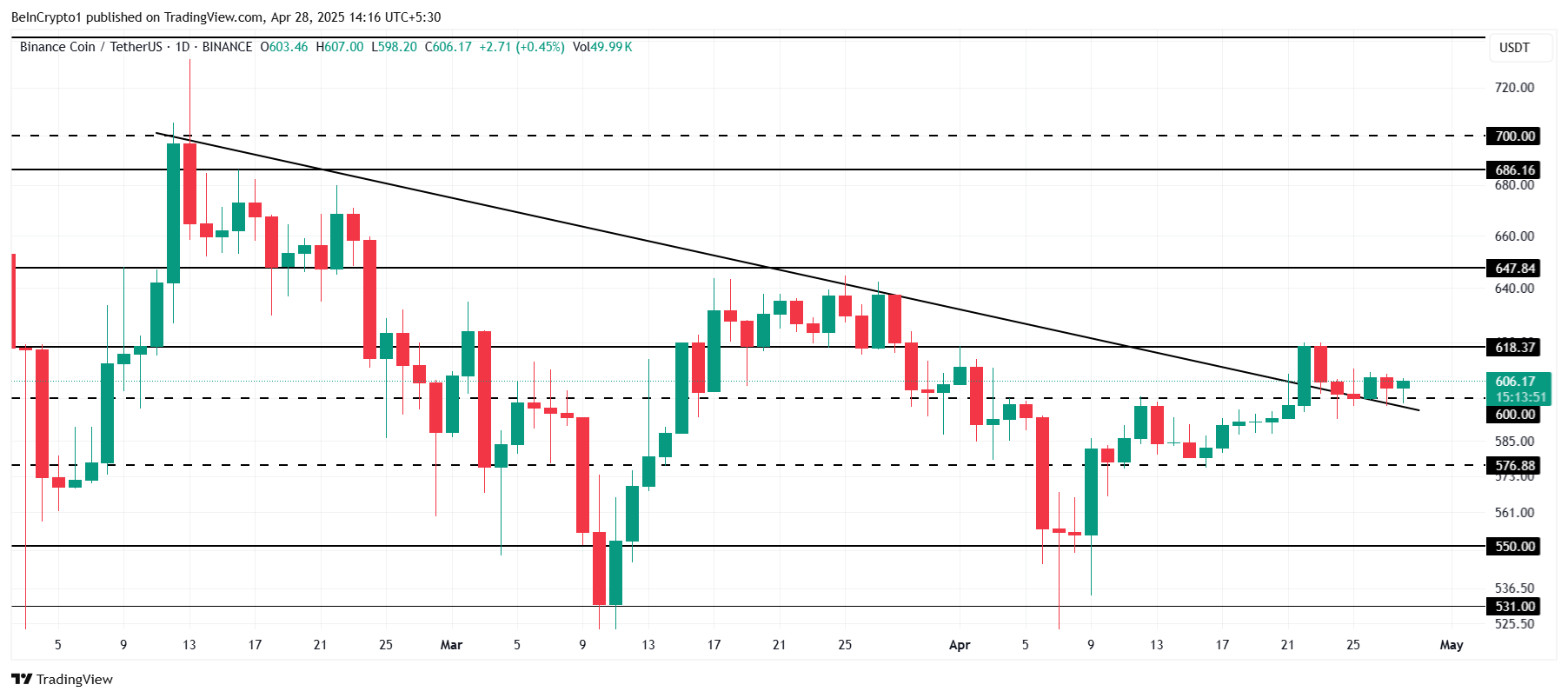
If BNB fails to break the $618 resistance, a decline could follow, potentially dropping the price below $600. In this scenario, BNB may find support at $576, which would invalidate the bullish outlook. Monitoring the $618 level will be key for assessing the altcoin’s trajectory in the coming days.
Kaspa (KAS)
KAS has gained 27% over the past week, helping to invalidate the bearish signals from the Ichimoku Cloud. Currently trading at $0.099, the altcoin is nearing the critical $0.103 resistance level. If this momentum continues, KAS could potentially break through and establish a new bullish trend.
The upcoming Crescendo upgrade is expected to drive further positive momentum for KAS. With the mainnet activation set to increase the network’s transaction capacity tenfold to 10 blocks per second (BPS), this event could play a pivotal role in propelling the price upwards and attracting more investor interest.
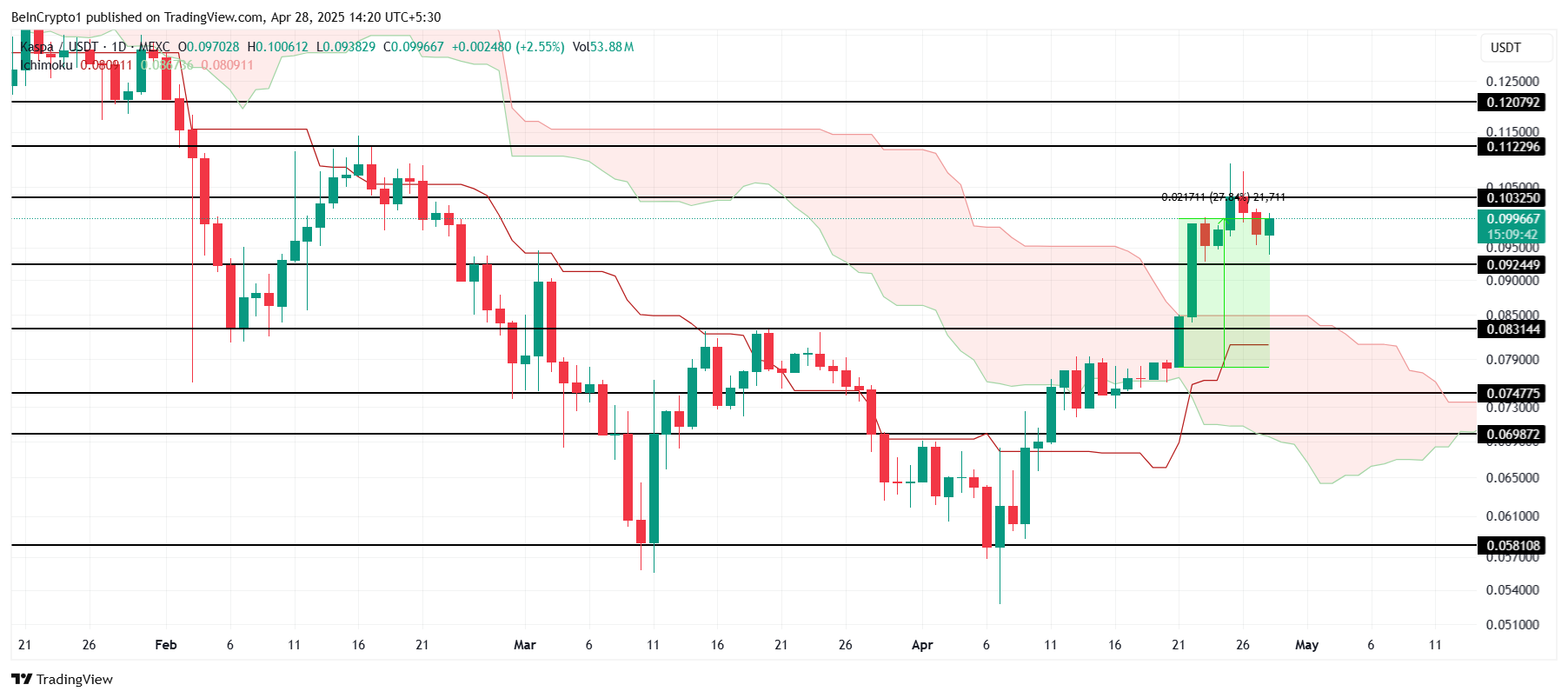
If the Crescendo upgrade lives up to expectations, KAS could rise to $0.112, potentially reaching $0.120. However, if KAS fails to breach the $0.103 level, the altcoin may experience a decline. A drop below $0.092 could send the price toward $0.083, invalidating the current bullish outlook.
Aave (AAVE)
Another altcoin to watch in the last week of April is AAVE, which has experienced a strong 22% rise this week, making it one of the best-performing altcoins. Despite the impressive gains, the current price action suggests that AAVE has not yet reached its peak. The altcoin still has room for further upward momentum, supported by strong market interest.
The Relative Strength Index (RSI) indicates that AAVE is currently in the bullish zone but is far from the overbought level of 70.0. With plenty of room before hitting this threshold, AAVE’s price could continue rising, potentially surpassing $180 and reaching $198.
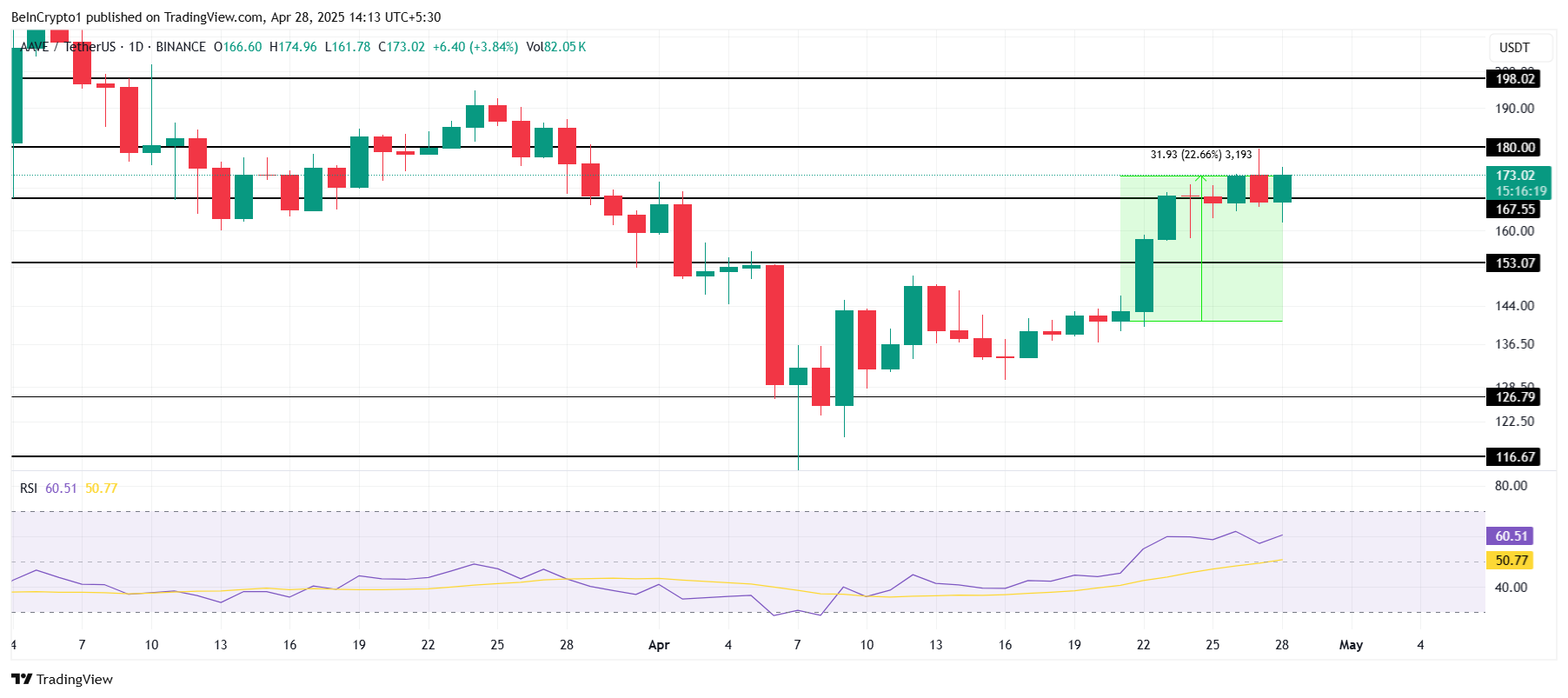
However, if the bullish momentum weakens, AAVE could see a decline below the $167 support level. In this case, the price may fall to $153, and if this support level is breached, AAVE could drop to $126. Such a move would invalidate the current bullish outlook, signaling a possible trend reversal.
The post 3 Altcoins to Watch in the Final Week of April 2025 appeared first on BeInCrypto.



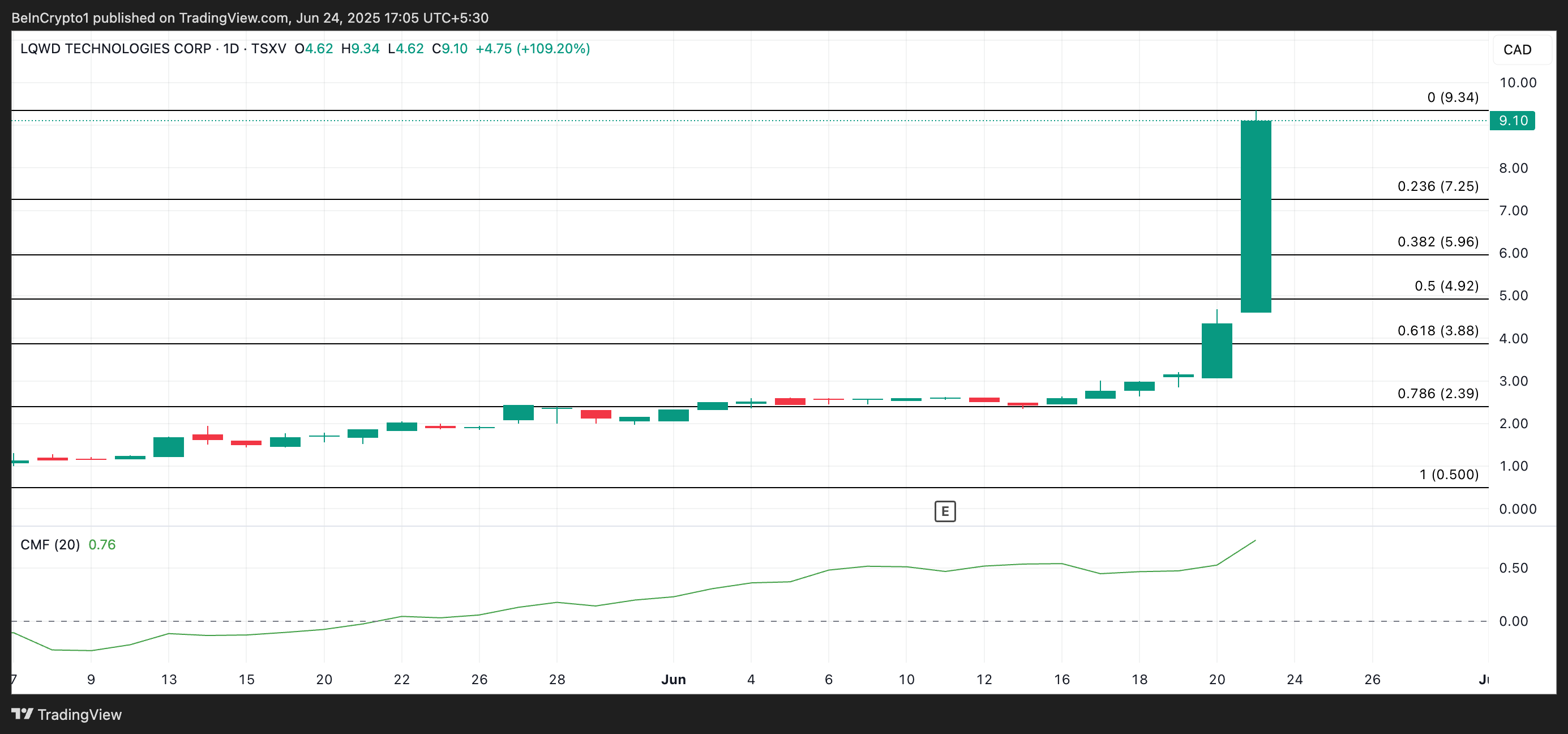
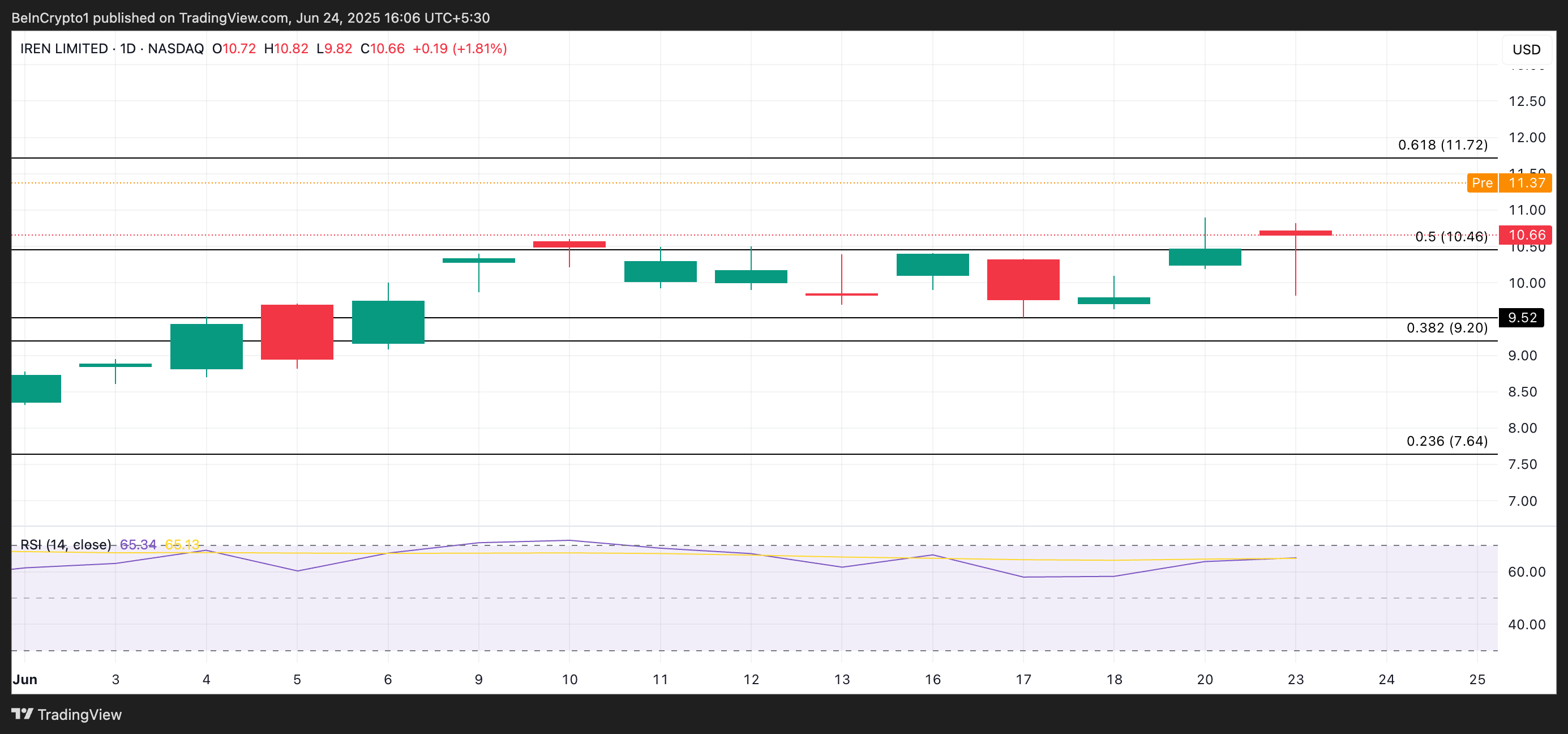


 News: Sygnum enables staked SOL as collateral as Lombard Loan Volume Doubles
News: Sygnum enables staked SOL as collateral as Lombard Loan Volume Doubles  Sygnum adds staked Solana (SOL) to its growing portfolio of over 20 tokens eligible as collateral for Lombard loans, allowing clients to maintain staking rewards while accessing fiat liquidity
Sygnum adds staked Solana (SOL) to its growing portfolio of over 20 tokens eligible as collateral for Lombard loans, allowing clients to maintain staking rewards while accessing fiat liquidity
